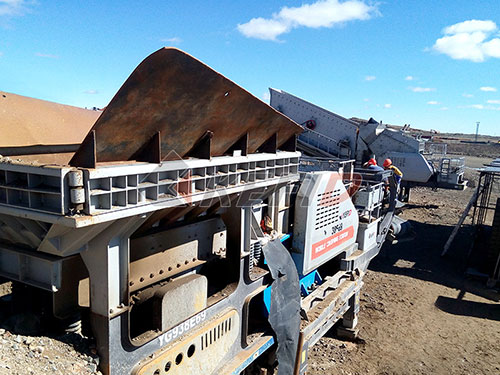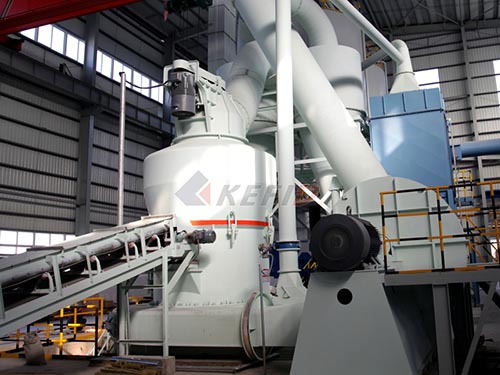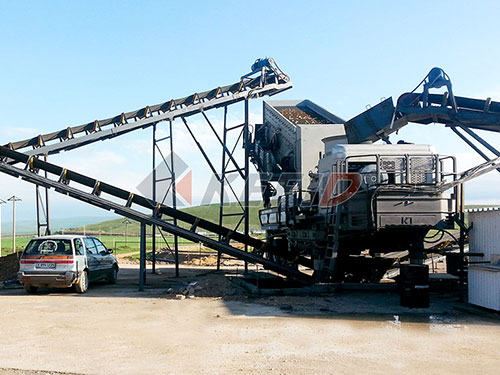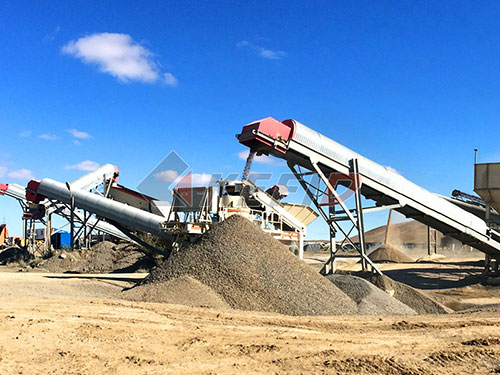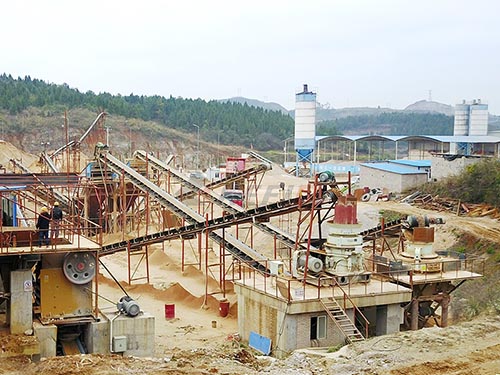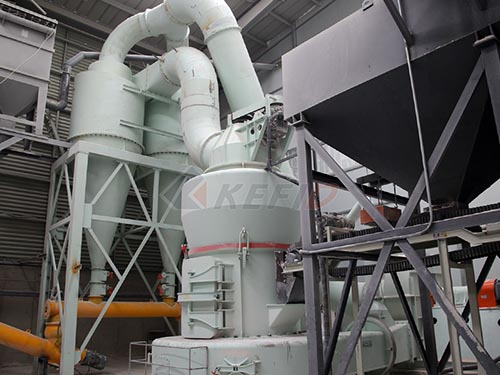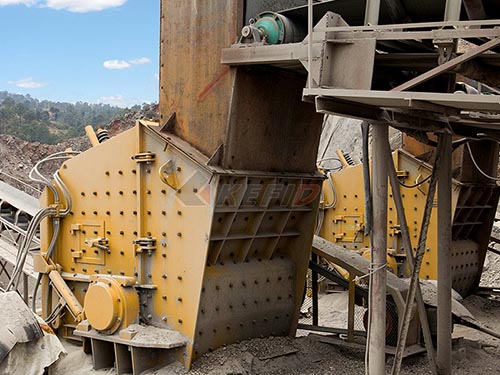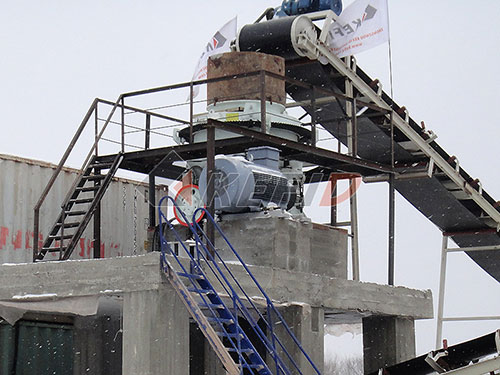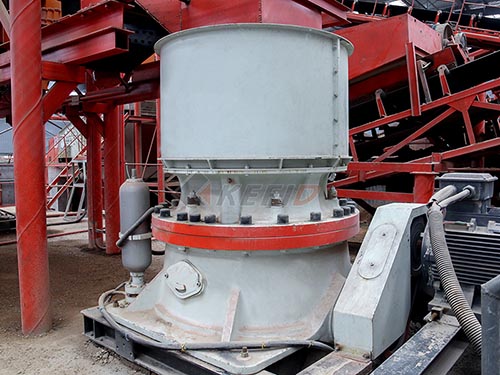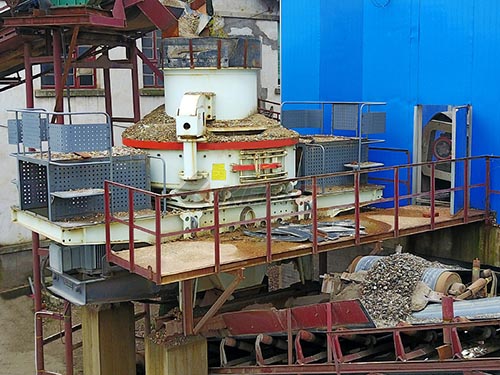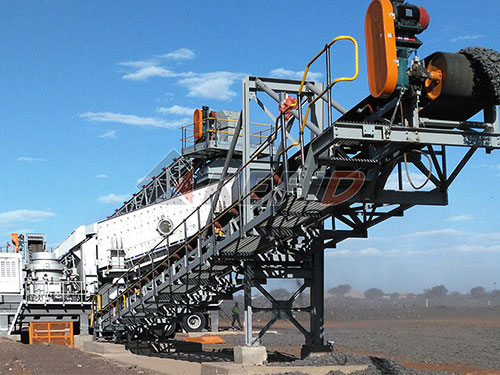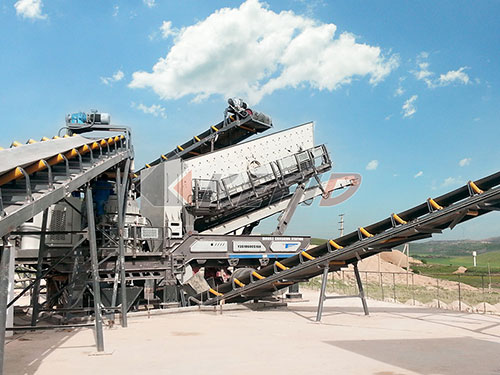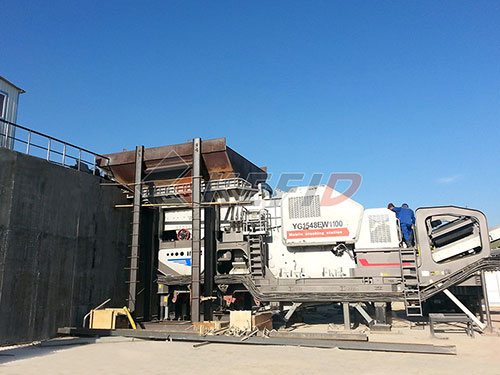The Mobile Evolution of Niche Fiche Platforms: Design & Accessibility Considerations
The relentless shift towards mobile-first internet browsing has impacted virtually every corner of the online world, including highly specialized communities like those centered around specific fetishes such as bug crush content. While the core subject matter remains niche and controversial, understanding how these platforms adapt for smartphones offers insights into broader trends in mobile web design and user experience (UX) for sensitive or adult-oriented content.
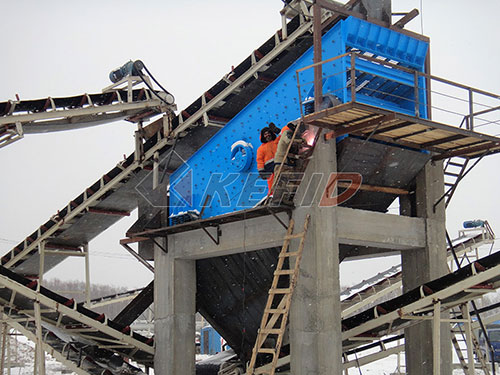
Why Mobile Optimization is Non-Negotiable
Dominant Traffic Source: Statistics consistently show smartphones drive the majority of global web traffic. Platforms ignoring this reality risk irrelevance.
User Expectations: Modern users demand seamless experiences regardless of device. Clunky navigation, slow loading times, or poorly formatted layouts on mobile lead to immediate abandonment.
Discretion & Privacy: For users accessing sensitive content, mobile devices offer inherent privacy advantages – personal screens and easier concealment compared to desktops in shared spaces.
Features Defining Effective Mobile Fiche Sites
Platforms catering to niche interests like bug crush material face unique challenges when optimizing for small screens:
1. Intuitive Navigation & Simplified UI: Complex desktop menus collapse into streamlined hamburger menus or clear bottom navigation bars on mobile. Thumb-friendly buttons and minimal clutter are essential.
2. Speed & Performance: Optimized image/video compression (without sacrificing necessary quality), efficient coding practices (avoiding heavy scripts), and reliable hosting are critical for quick loading over potentially variable mobile data connections.
3. Responsive Design: The site must fluidly adapt its layout across diverse screen sizes (phones, tablets) using flexible grids and images.
4. Discreet Interaction Elements: Thoughtful design minimizes accidental clicks on ads or unintended navigation during private viewing sessions.
5. Secure & Streamlined Access: Simplified login processes (potentially biometric options) combined with robust security protocols (HTTPS) protect user accounts and data privacy – paramount concerns for users accessing sensitive material.
6. Content Discovery & Filtering: Efficient search functions and well-organized categories/tags become even more crucial on smaller screens to help users find specific content quickly.
7. Bandwidth Awareness: Offering options for lower-resolution streaming or downloads can be vital for users with limited data plans or poor connectivity.
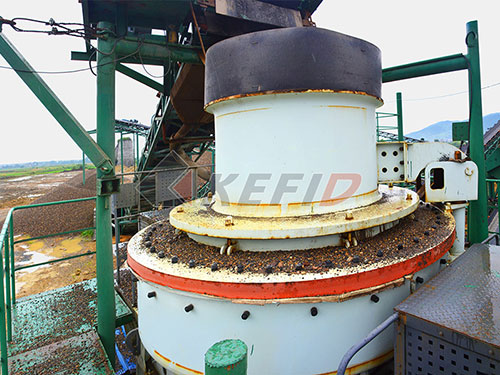
Challenges Specific to Sensitive Content Platforms
App Store Restrictions: Mainstream app stores (Google Play Store, Apple App Store) have strict policies against adult content containing potentially extreme


